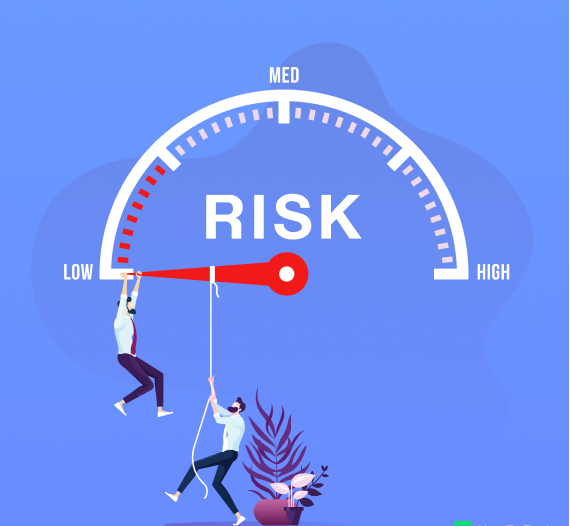Why Risk Management is Key in Forex Trading
Ask any successful forex trader the secret to long-term success, and chances are they’ll give you the same answer: Risk management. It’s not flashy, it’s not hype, but it’s what separates the pros from the gamblers.
In this blog post, we’ll explore why risk management is so critical in forex trading, the key principles every trader should follow, and how you can start protecting your capital while increasing your chances of long-term profitability.
What Is Risk Management in Forex?
Risk management in forex trading is the practice of identifying, analyzing, and controlling the potential losses in your trades. It’s about making smart decisions that protect your capital, even when the market doesn’t go your way.
At its core, risk management is about limiting how much you can lose on any given trade or over a period of time because no trader wins 100% of the time.
Why Risk Management Matters
1. Forex Is Highly Volatile
The forex market can move fast — major news, economic releases, and political events can cause sharp price swings. Without proper risk controls, one bad trade can wipe out days or weeks of gains.
2. Losing Trades Are Inevitable
Even the best strategies don’t work 100% of the time. Risk management keeps you in the game so you can survive losing streaks and take advantage of winning ones.
3. It Protects You from Emotional Decisions
Traders who don’t manage risk often panic, overtrade, or “revenge trade” to recover losses. A proper plan helps you stay objective and disciplined.
4. Consistency Beats Quick Profits
Forex success isn’t about one big win — it’s about consistent performance over time. Risk management makes sure your account grows steadily instead of riding a rollercoaster.
Common Risk Management Tools in Forex
✅ 1. Position Sizing
Determine how much of your account to risk per trade usually 1–2%. Never go “all in.”
Example: With a $1,000 account, risking 2% means you can only lose $20 on that trade.
✅ 2. Stop-Loss Orders
A stop-loss is an automatic order to exit a trade at a specific price if it moves against you.
Benefits:
-
Limits your losses
-
Takes emotion out of the equation
-
Allows you to pre-calculate risk
✅ 3. Take-Profit Orders
This closes your trade once a certain level of profit is reached. It helps lock in gains without constantly watching the market.
✅ 4. Risk-to-Reward Ratio
Always aim for trades where the potential reward outweighs the risk — for example, risking 1 to make 2 or 3.
Standard ratio: 1:2 or higher
This means that even if you’re only right 40% of the time, you can still be profitable over time.
✅ 5. Diversification
Avoid putting all your money into one currency pair or trade setup. Spread your risk across different assets or strategies.
Risk Management Golden Rules
-
Never risk more than 2% of your capital on a single trade.
-
Always use a stop-loss, no matter how “sure” the setup looks.
-
Don’t chase losses revenge trading is a fast way to blow your account.
-
Stick to a clear trading plan with predefined risk limits.
-
Accept that losing is part of the game your goal is to minimize damage and move on.
Example: Risk Management in Action
Let’s say:
-
Account size: $5,000
-
Risk per trade: 1% → $50
-
Trade setup: EUR/USD
-
Stop-loss: 50 pips
-
Lot size: 0.1 (each pip ≈ $1)
If the trade hits stop-loss, you lose exactly $50 within your limit. If your target is 100 pips (2x the risk), you could earn $100. Even if you win just half your trades, you’ll stay profitable over time.
✅ Final Thoughts
Risk management is not just a safety net it’s your edge. It allows you to survive losses, build discipline, and grow your trading account over time. Without it, even the best strategy will fail.
So before you focus on making more money in forex, focus on protecting what you already have. Master risk management, and you’ll master trading.


